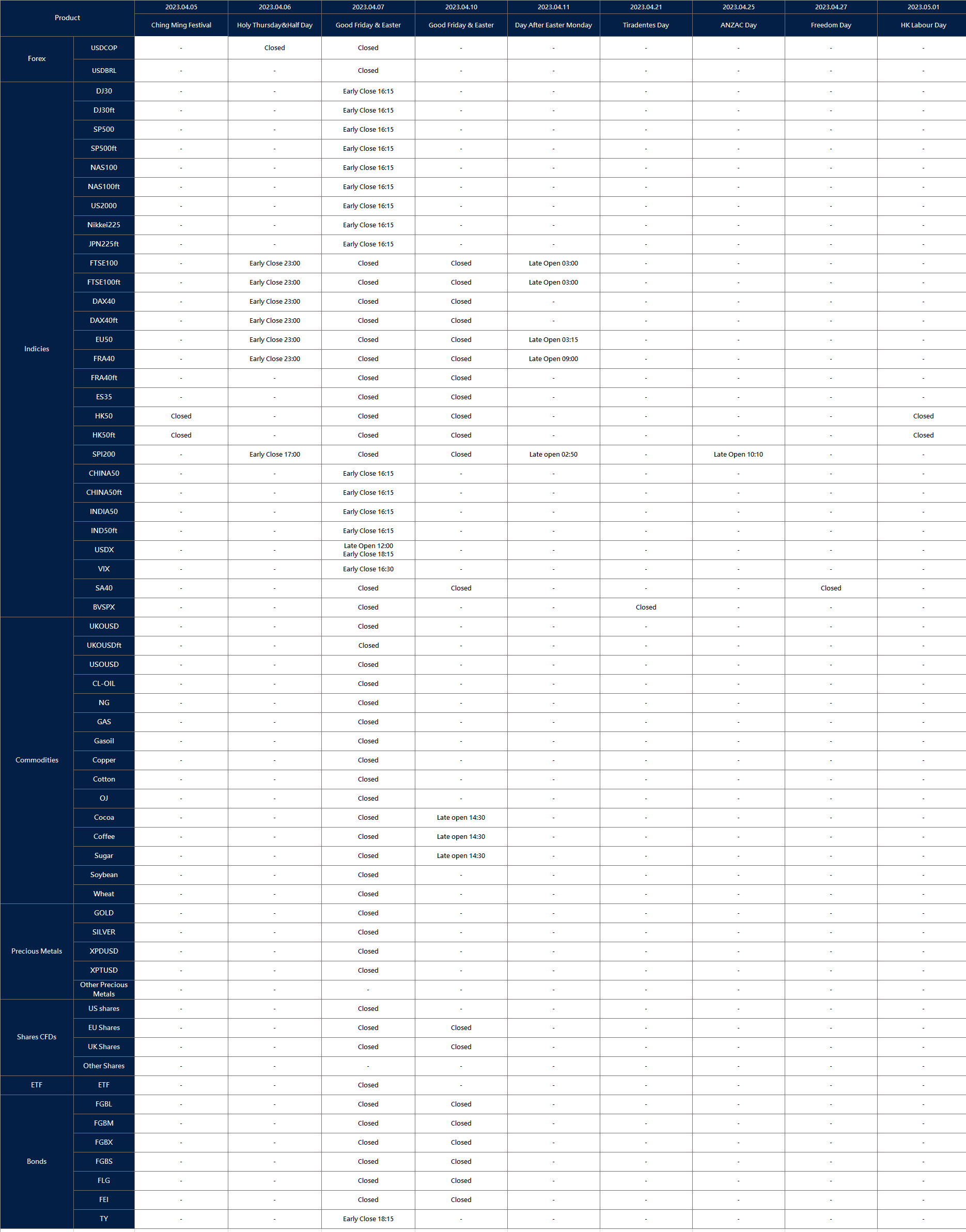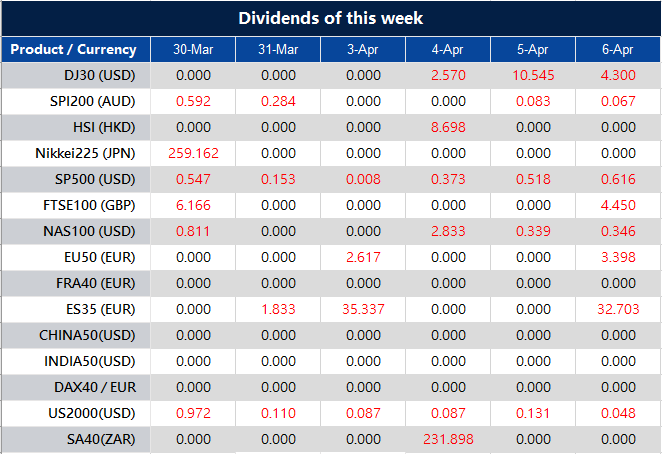The US stock market closed higher on Friday after regulators assured investors of financial stability, while speculation grew that policymakers will have to consider a rate cut to prevent a recession. Amid concerns over the recent failure of some US regional lenders and the near-collapse of banking giant Credit Suisse Group AG, global authorities have been trying to instill calm in financial markets. Despite some banks coming under stress, top US regulators confirmed that the overall financial system remains sound.
Market participants reacted to the reassurance by abandoning wagers that the Fed will raise interest rates in May and added to bets that its next shift will be a rate cut as early as June. However, Fed Chair Jerome Powell stated that cuts are not his “base case.” Similarly, traders no longer price in additional quarter-point rate hikes for the ECB and the Bank of England. The move came as global bonds rallied, with Treasury two-year yields falling to the lowest level since September.
The benchmark S&P500 index rallied with a 0.56% daily gain following a slide that reached 1% in the first hour of trading. Nine out of eleven sectors of the S&P500 remained in the positive territory, showing promising signs of economic recovery. However, the financial sector failed to stay in the positive territory, as First Republic Bank tumbled once again, extending this year’s rout to 90%.
On the other hand, the Nasdaq 100 rose 0.3%, while the Dow Jones Industrial Average moved upward by 0.4%. Nonetheless, the MSCI world index slid by 0.2% on Friday, indicating a mixed performance across global markets.
Main Pairs Movement
The US dollar saw a 0.57% surge on Friday, despite speculation that the Fed may end its rate-hiking cycle earlier than previously expected. This was due in part to Fed Chair Jerome Powell indicating that such a move was under consideration by central bank policymakers last week. The DXY index witnessed significant trading activity during the European trading session, reaching a daily high of 103.36 before losing bullish momentum and closing at 103.12.
The EURUSD pair experienced a daily loss of 0.66% on Friday, despite hawkish talks from the European Central Bank (ECB). The pair fell sharply during the European trading session, then managed to rebound from a daily low of 1.0713 to 1.0759 in the American trading hour.
The GBPUSD pair slid 0.44% on Friday, closing at 1.2229. The drop in value may have been influenced by market uncertainty and volatility.
Gold prices saw a daily loss of 0.76% on Friday due to the strength of the US dollar. The XAUUSD witnessed heavy selling pressure during the American trading session, falling below the $1970 mark and struggling to stay around the $1975 mark.
Technical Analysis
EURUSD (4-Hour Chart)
On Friday, the EUR/USD currency pair experienced a significant decline, dropping to a four-day low below the 1.0730 mark during the European session. This was due to a risk-averse market environment, with concerns over a potential banking crisis and unimpressive PMI data releases from the Eurozone and the United Kingdom. The pair is currently trading at 1.0757, posting a 0.65% loss on a daily basis.
The US Dollar has been stronger across the board, supported by the upbeat PMI data releases from the US, which indicated an acceleration of output to the fastest since May of last year. This has boosted the safe-haven US Dollar and undermined the EUR/USD pair.
The RSI indicator currently stands at 45, suggesting that the downside is more favored, as the RSI stays below the mid-line. The Bollinger Bands also indicate a continuation of the downside trend.
Overall, it is expected that the market will be bearish, as the pair tests the 1.0735 support level. If this level is broken, the downward correction could extend toward 1.0621.
Resistance: 1.0834, 1.0903
Support: 1.0735, 1.0621
XAUUSD (4-Hour Chart)
The XAU/USD pair climbed above the $2,000 mark in the early American session on Friday but struggled to maintain its position and reversed its direction towards the $1,990 area during the US trading session. The Gold price is currently trading at $1,995, rising 0.09% on a daily basis. The stalling in Gold’s intraday rally was mainly due to pressure from a strengthening US Dollar, which was supported by a sharp fall in the equity markets and disappointing manufacturing PMIs from the Eurozone and the UK, reviving worries about looming recession risks and lifting demand for the safe-haven US Dollar.
However, the Federal Reserve’s hints of a pause to interest rate hikes could act as a headwind for the greenback and provide some support to the Gold price.
For the technical aspect, the RSI indicator currently stands at 53, suggesting a bearish tilt in the short-term technical outlook. The Bollinger Bands also indicate some downside movements can be expected.
Overall, it is expected that the market will be slightly bearish as long as the $1,989 resistance line holds. A new bull trend might be starting if the pair breaks above the $1,989 resistance.
Resistance: $1,989, $2010
Support: $1,968, $1,933






























